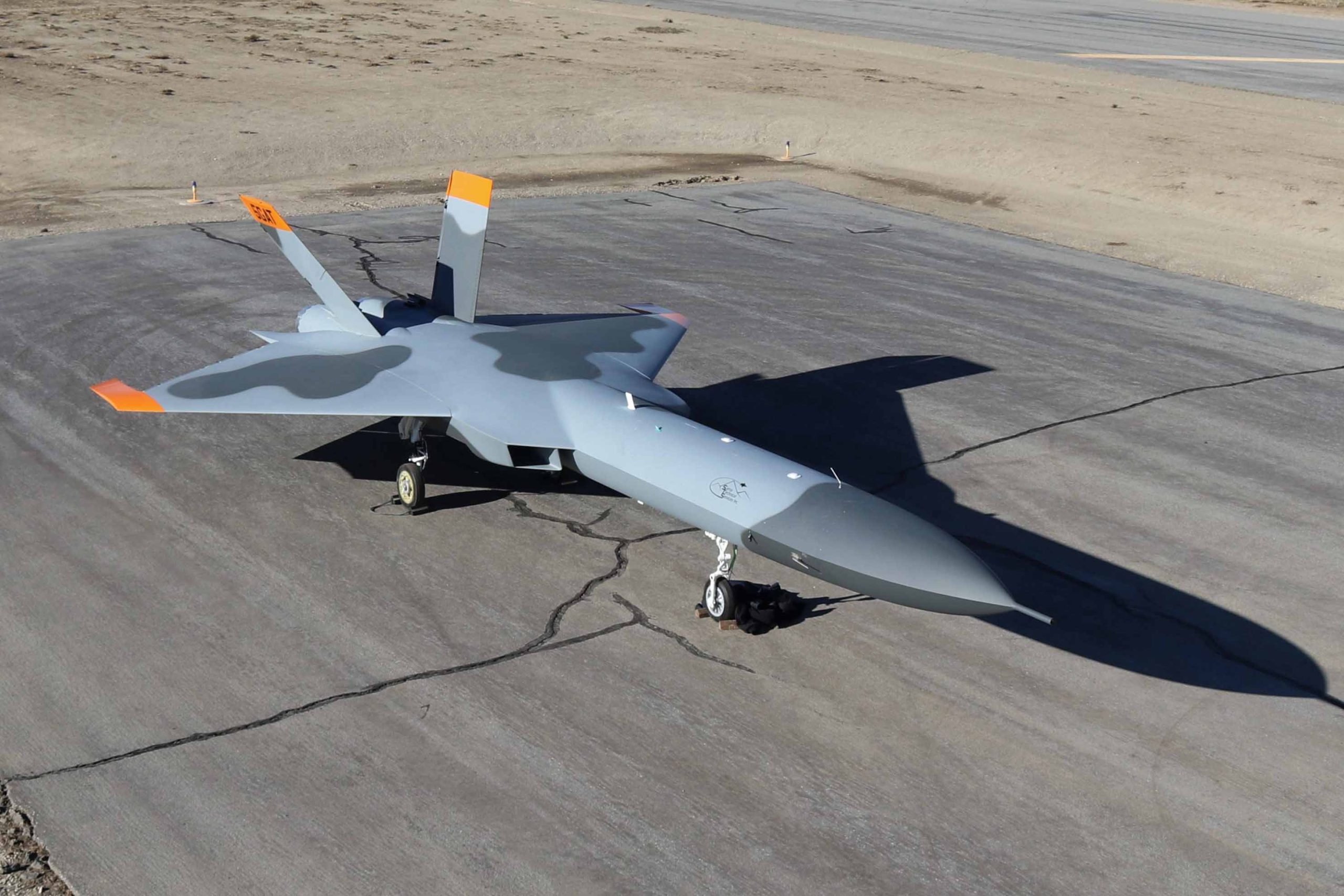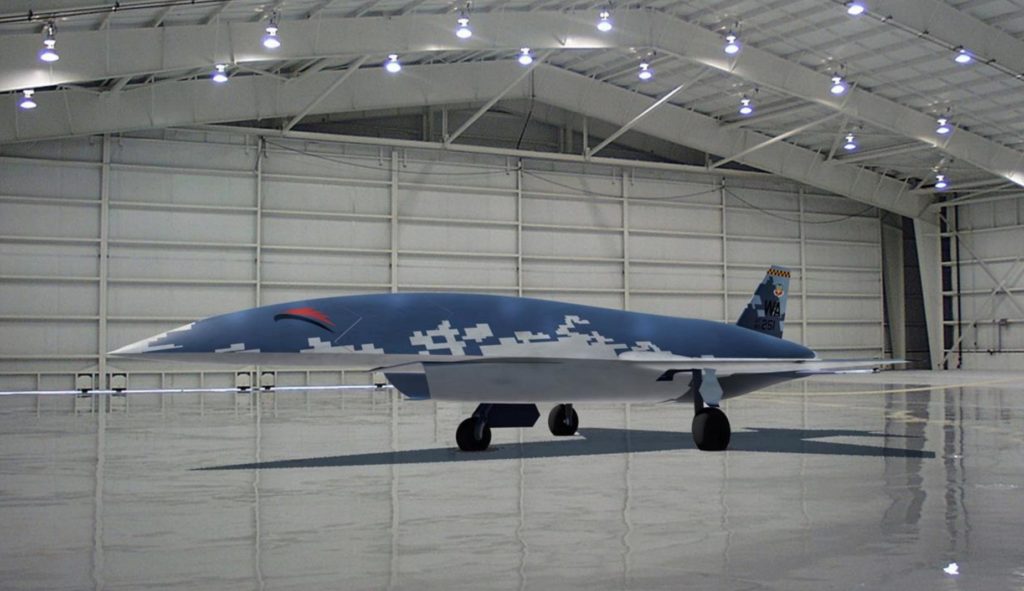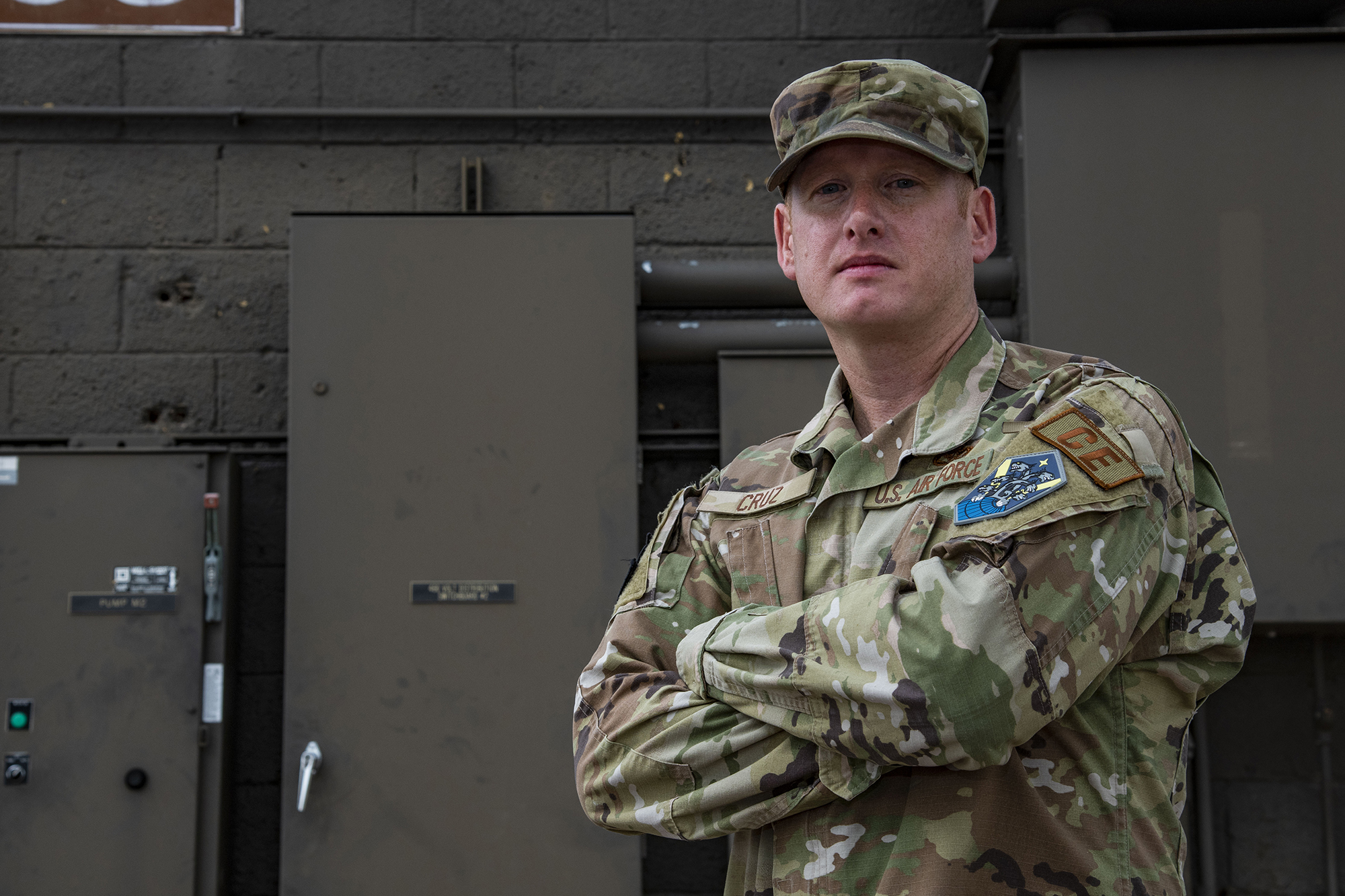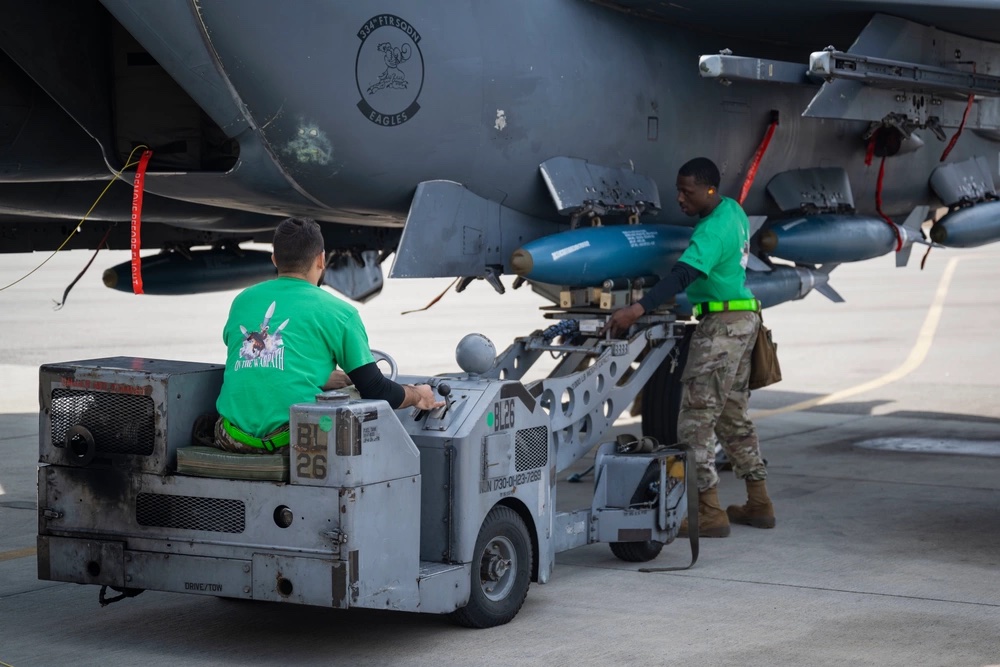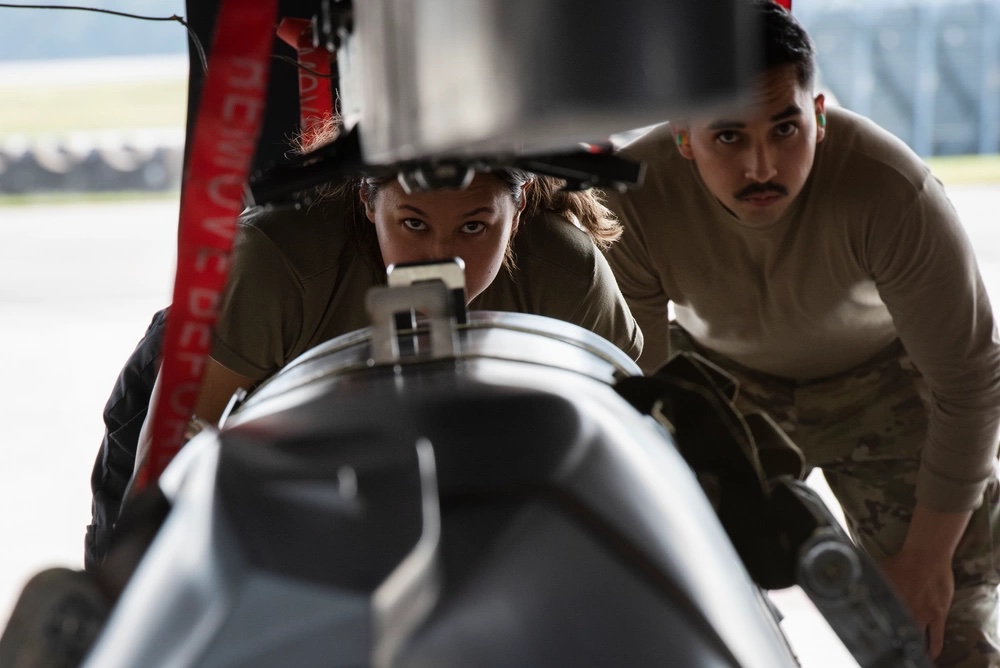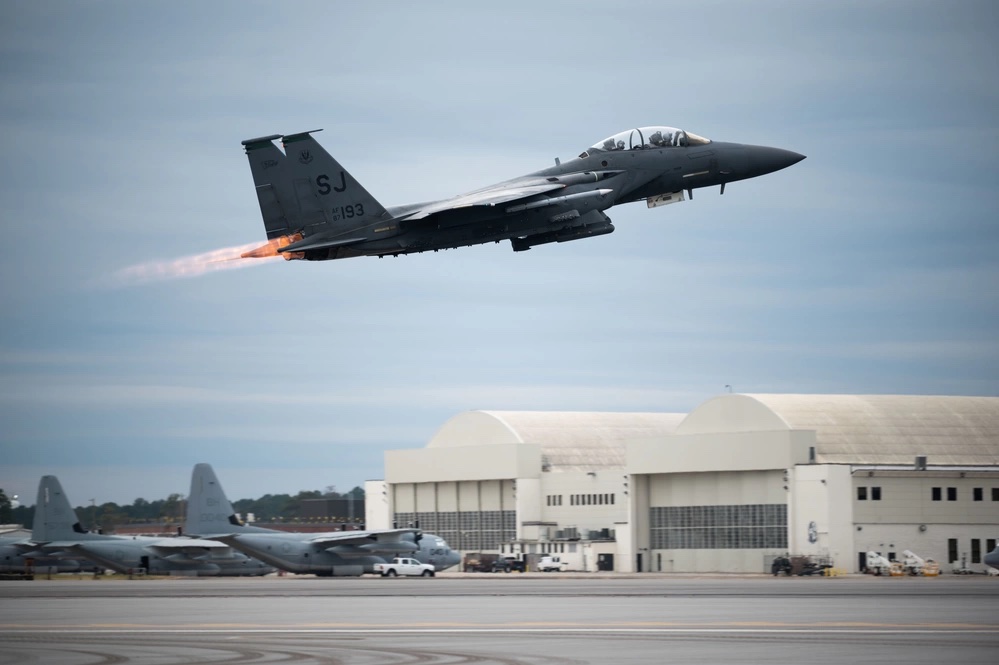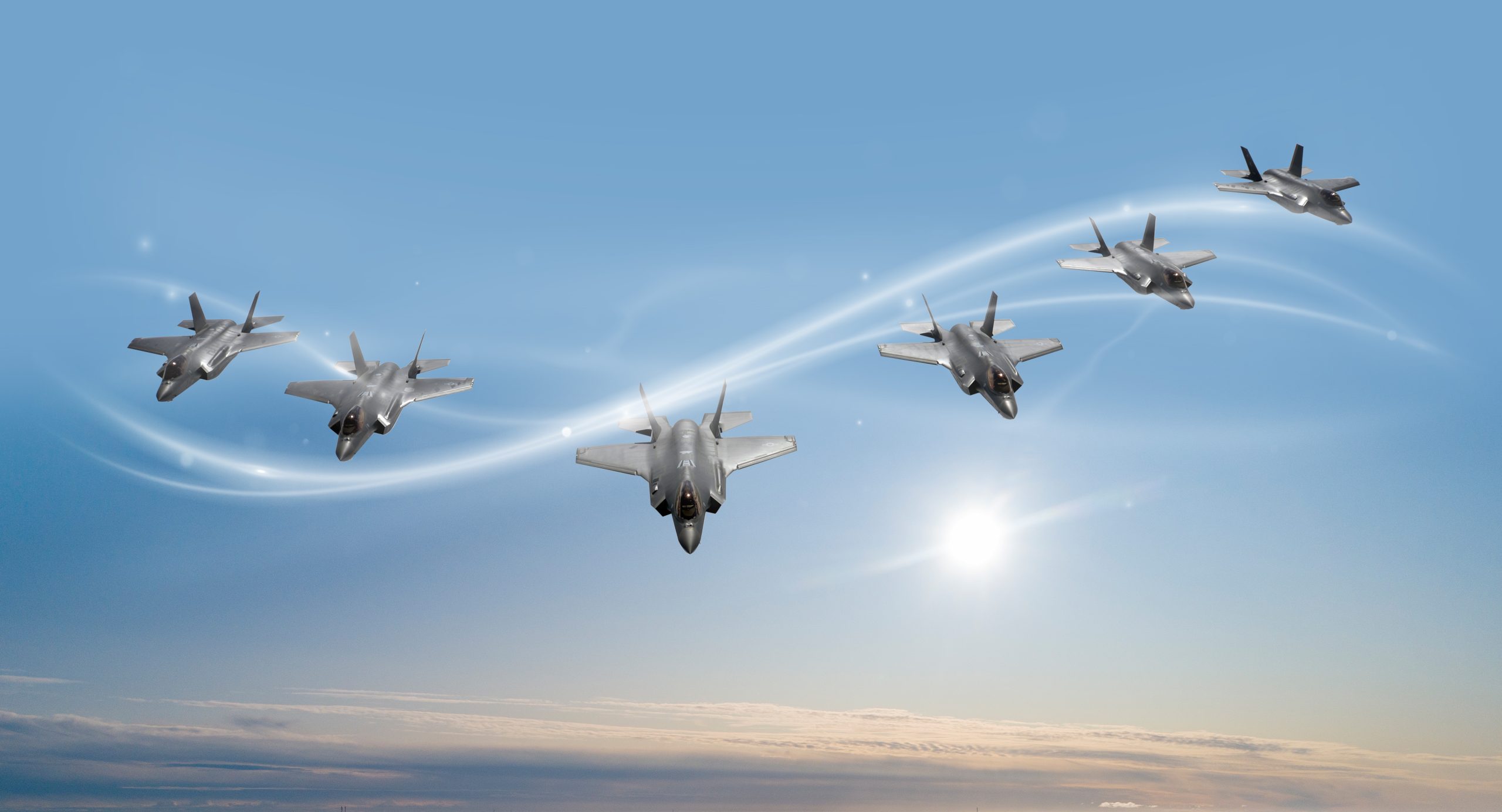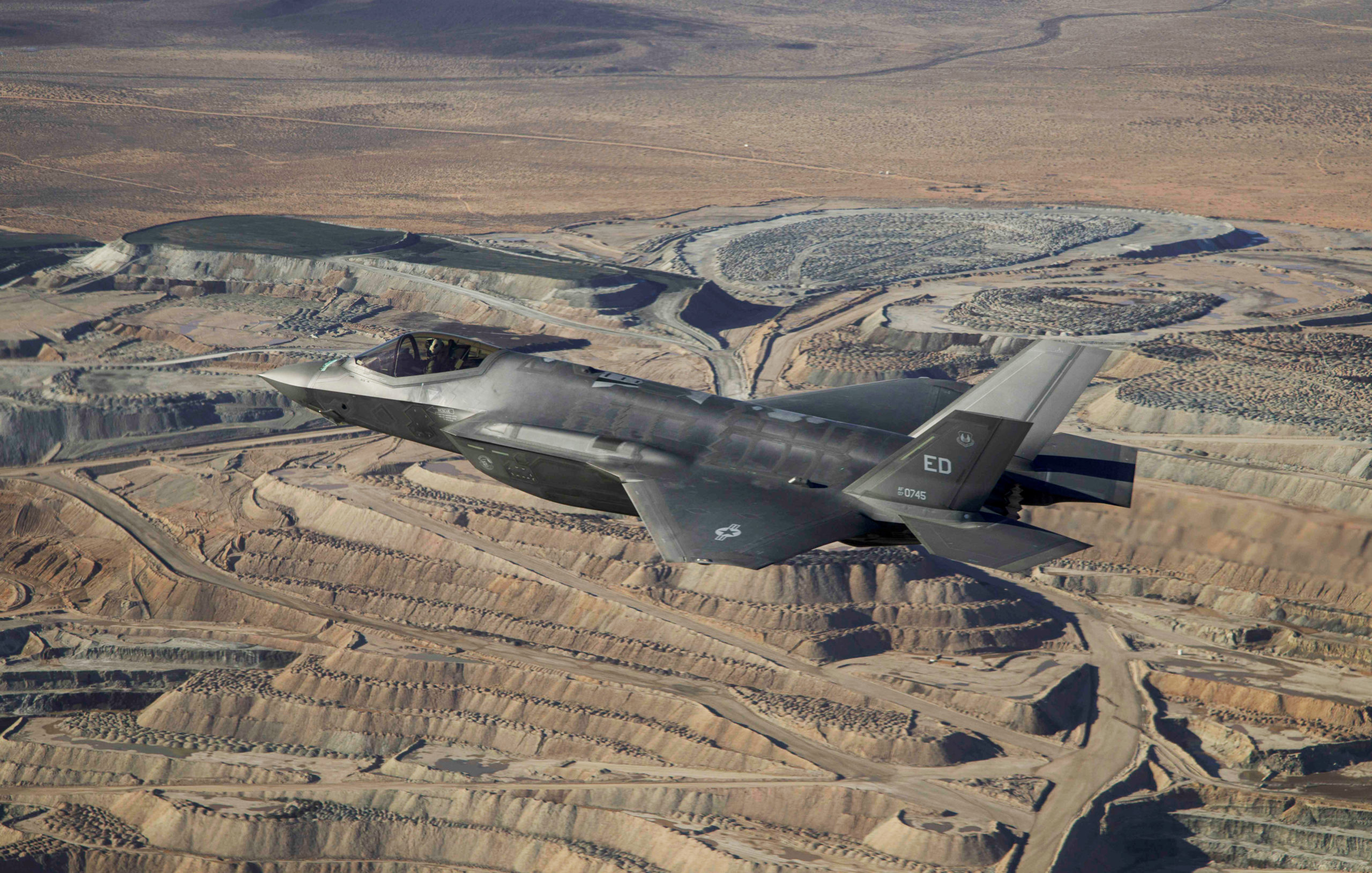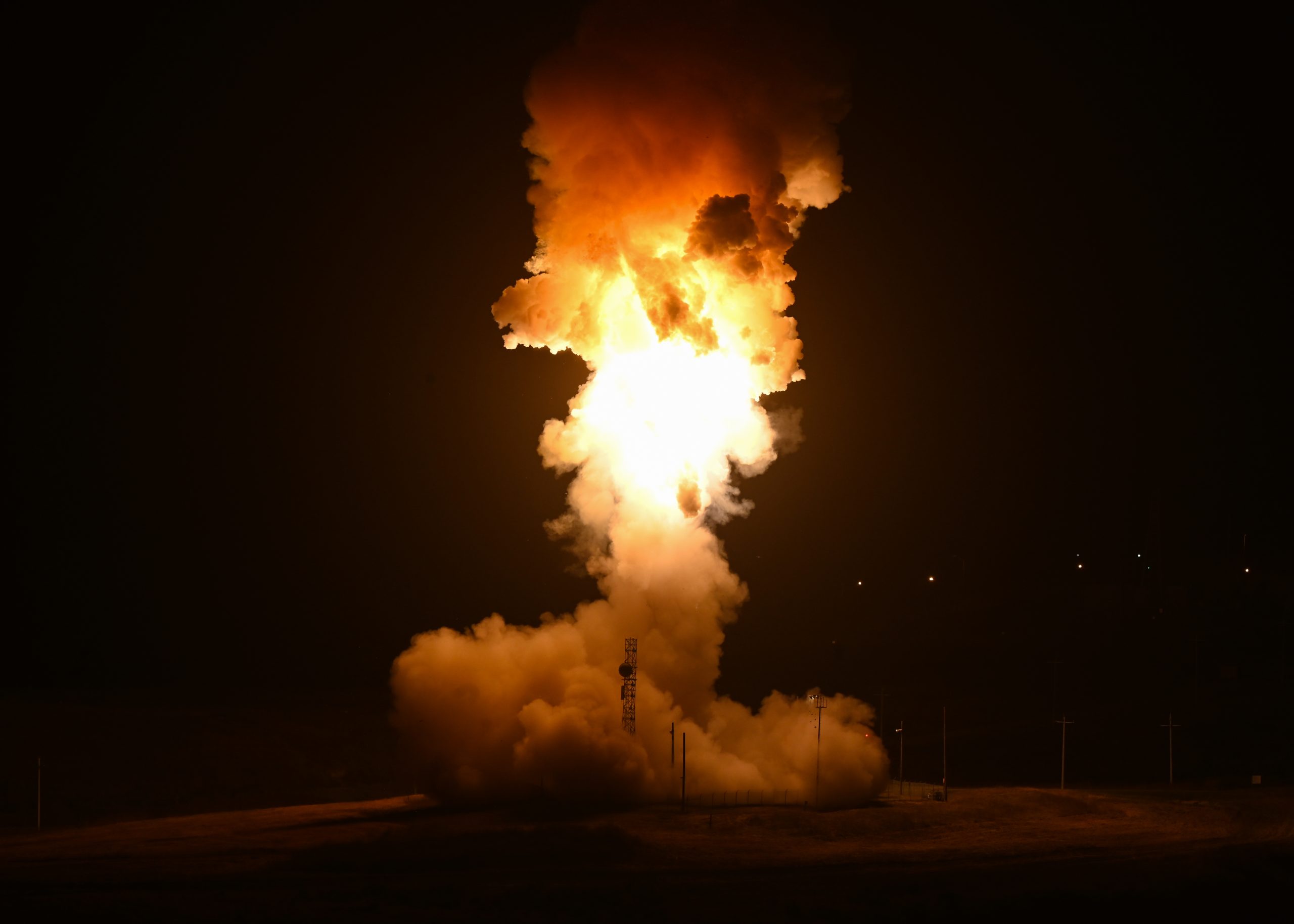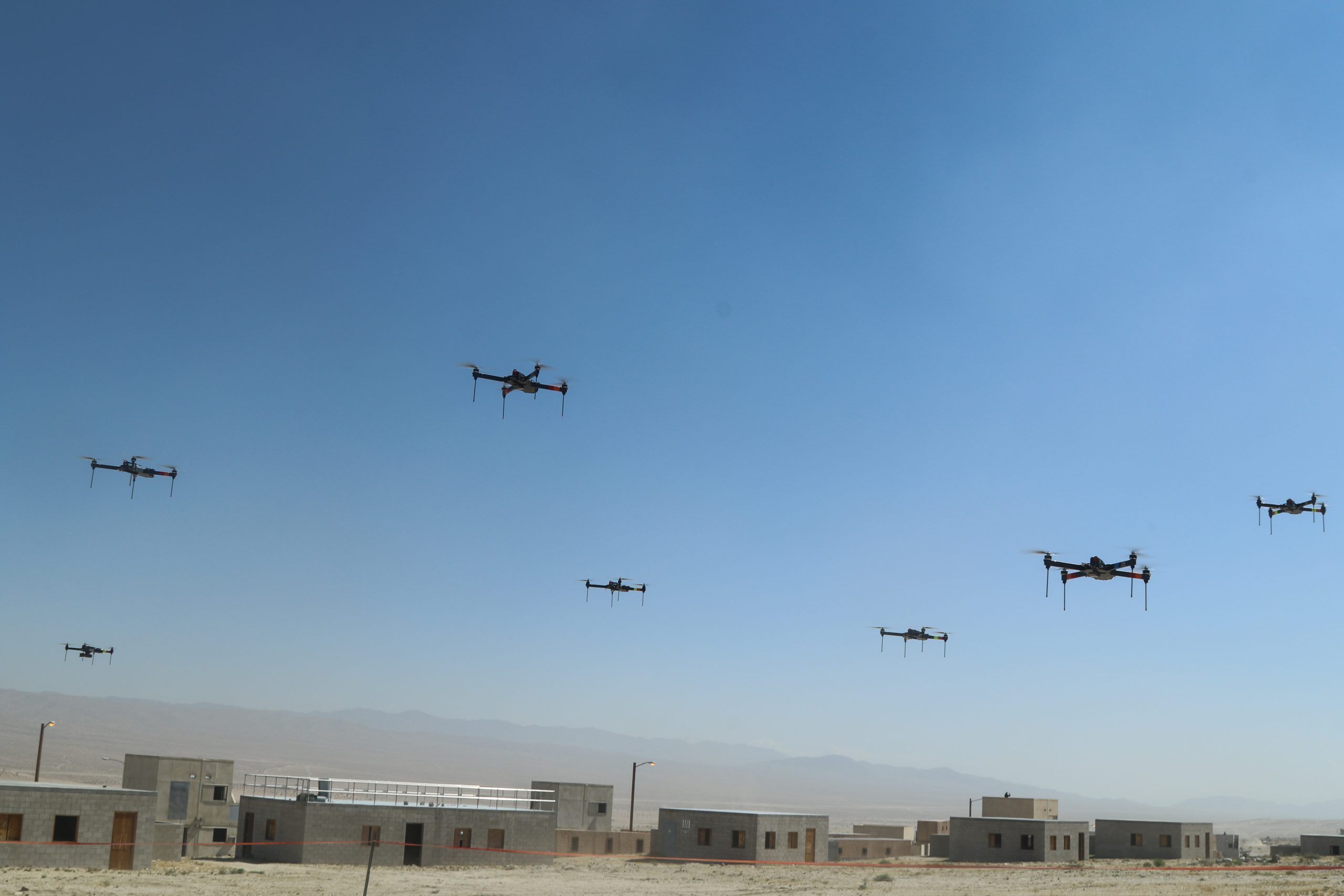“When I think of aircraft electrification, what does it mean for the industry? What does it mean for our customers?” states Eric Cunningham, Vice President of Electric Power Systems at Collins Aerospace. “It means we’re going to start doing things differently and how we architect not just the systems, but the entire aircraft. If I think about what we did on the 787 and F-35 by going to a more electric architecture, Collins was the company that put those systems in place. And so, we’ve got a history of not just doing a component or two here and there, but we have the unique capability to integrate the entire electrical system including the generation, the control, the distribution, the emergency power.”

